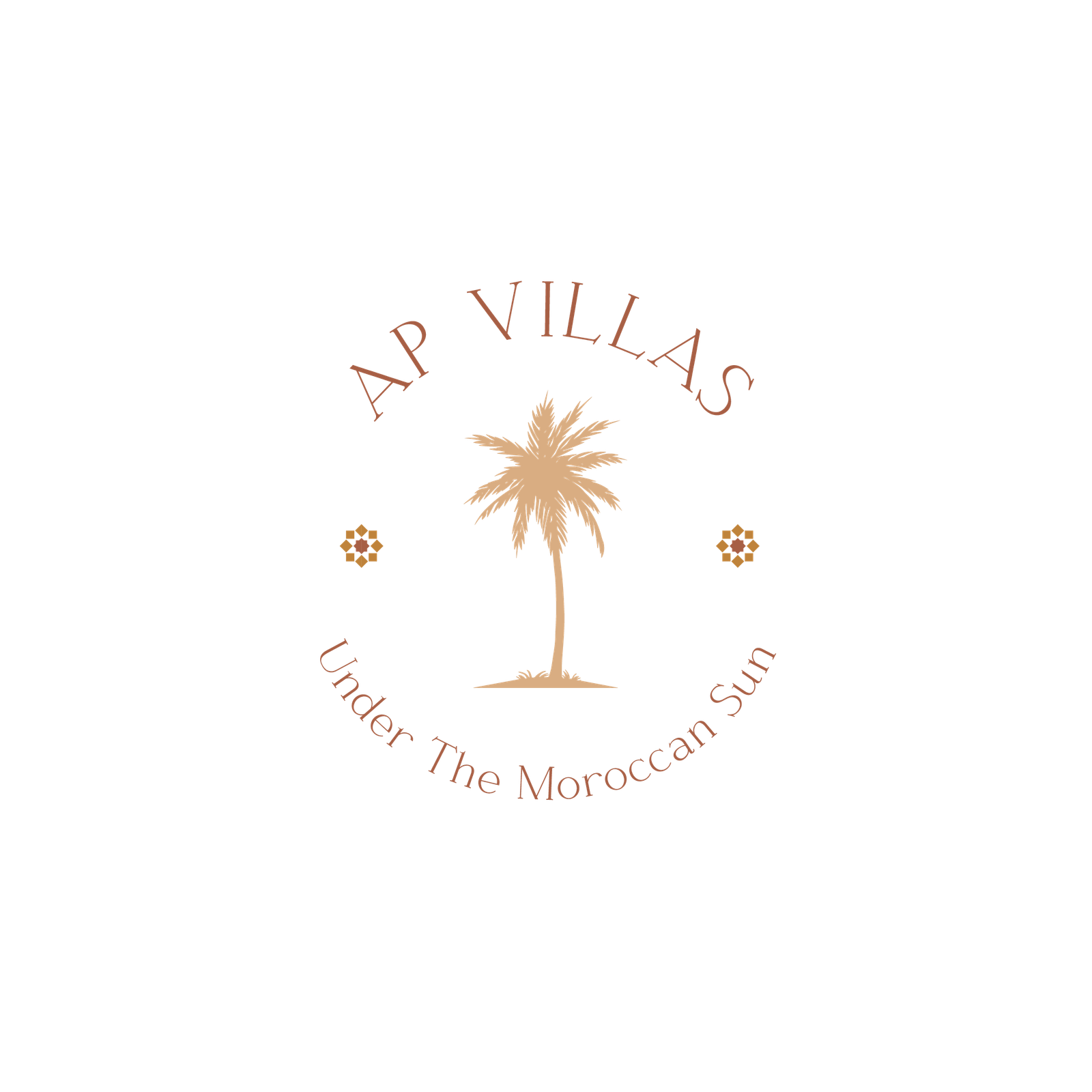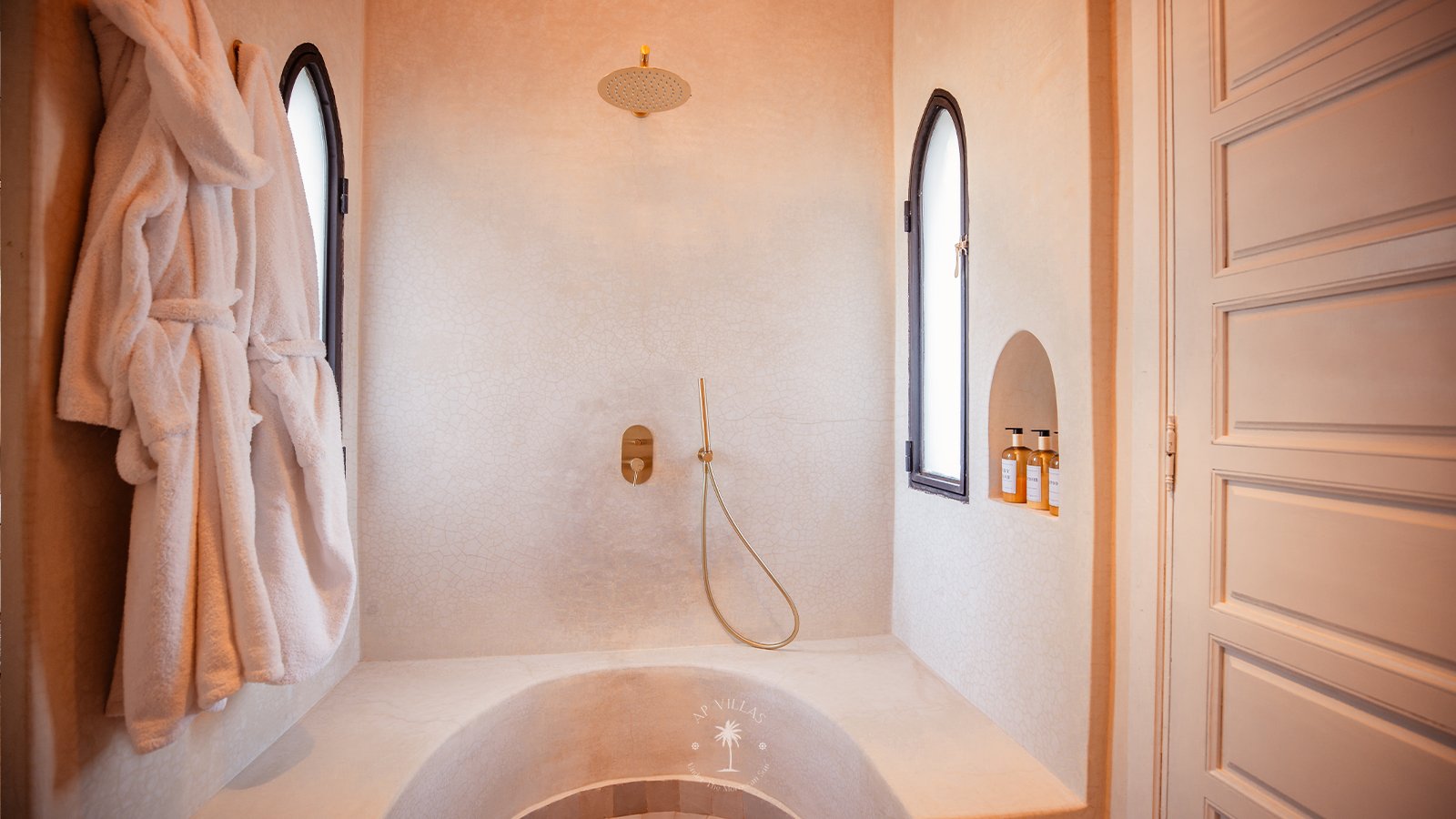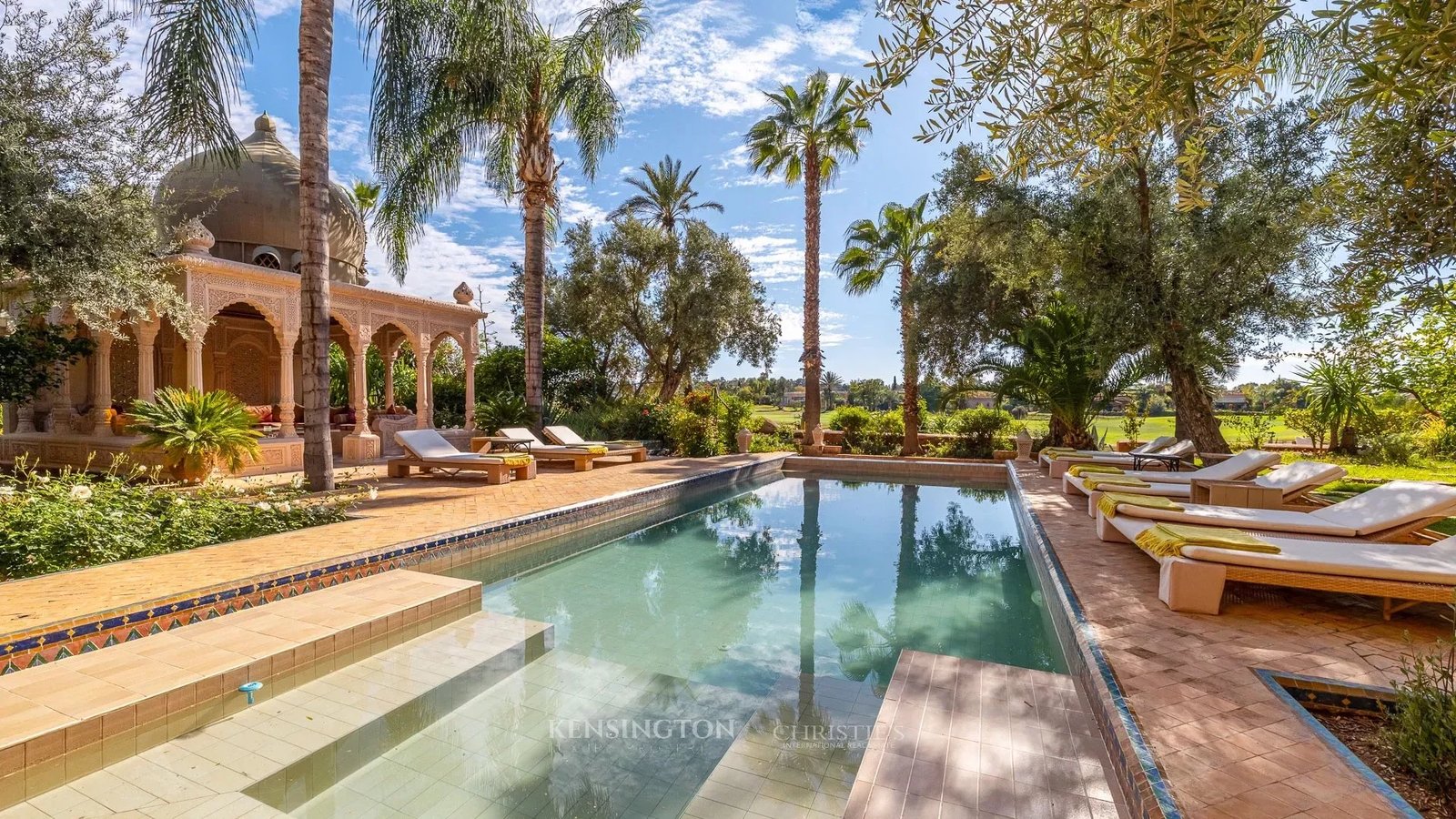Hammam rituals : a Moroccan tradition for mind, body and soul

A visit to a traditional Moroccan hammam is more than just a spa day; it’s a cultural ritual steeped in centuries of tradition. Combining relaxation, purification, and community, the hammam is a cornerstone of Moroccan life. Here’s what a day in the life of a traditional Moroccan hammam might look like.
Preparing for the Ritual
Begin your day with a light breakfast to energize you for this rejuvenating experience. Moroccan mint tea paired with msemen (a flaky flatbread) is a delightful way to start.
Before heading to the hammam, gather the essentials:
- Black soap (savon noir): Made from olives, this is the key to softening your skin.
- Kessa glove: A textured mitt used for exfoliation.
- Rhassoul clay: A mineral-rich clay used for cleansing and nourishing the skin.
- Argan oil: For moisturizing after the hammam.
If you’re visiting a traditional hammam, consider wearing a simple outfit for ease and modesty.
Entering the Hammam
Upon arrival, you’ll enter a series of steam-filled rooms. The hammam is typically divided into three sections: a hot room, a warm room, and a cool room. Each space offers a unique experience, and the transition between them is part of the ritual.
As you enter the hot room, the heat envelops you, opening your pores and preparing your skin for cleansing. Sit quietly and let the warmth relax your muscles and clear your mind.
The Cleansing Ritual
In the warm room, the cleansing begins. Start by applying the black soap to your body and letting it sit for a few minutes. This soap, infused with eucalyptus or other aromatic oils, softens your skin and prepares it for exfoliation.
Next, use the kessa glove to gently scrub your body. This step removes dead skin cells, leaving your skin smooth and renewed. It’s a deeply satisfying process, and you’ll see and feel the results immediately.
After exfoliation, apply rhassoul clay mixed with water or rose water. This natural clay draws out impurities and nourishes the skin. Let it sit for a few minutes before rinsing off in warm water.
Relaxation and Rehydration
After the cleansing ritual, move to the cool room to relax and rehydrate. Many traditional hammams provide herbal teas, infused water, or fresh orange juice to restore your energy.
Take this time to meditate, reflect, or simply enjoy the calm. The hammam is as much about mental rejuvenation as it is about physical cleansing.
Post-Hammam Pampering
After leaving the hammam, continue the relaxation at your villa or your riad. Apply argan oil to your skin for deep hydration, leaving it glowing and supple. You might also enjoy a light Moroccan meal of salads, couscous, or grilled vegetables to complete the day.
The Cultural Significance of the Hammam
For Moroccans, the hammam is more than just a spa ; it’s a social and cultural experience. Traditionally, it was a place where communities gathered, shared stories, and connected. While modern life has shifted some practices, the hammam remains a vital part of Moroccan heritage.
Experience the Hammam with AP Villas
Whether you prefer a traditional hammam in the medina or the privacy of a luxurious spa at your villa, we ensure your journey into this cherished Moroccan ritual is unforgettable.
Discover the essence of Moroccan wellness.





